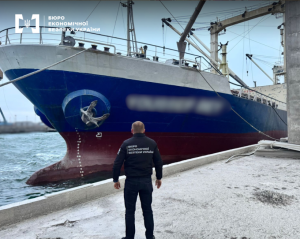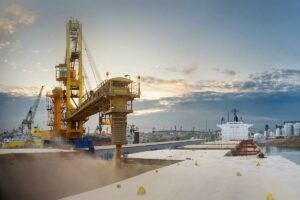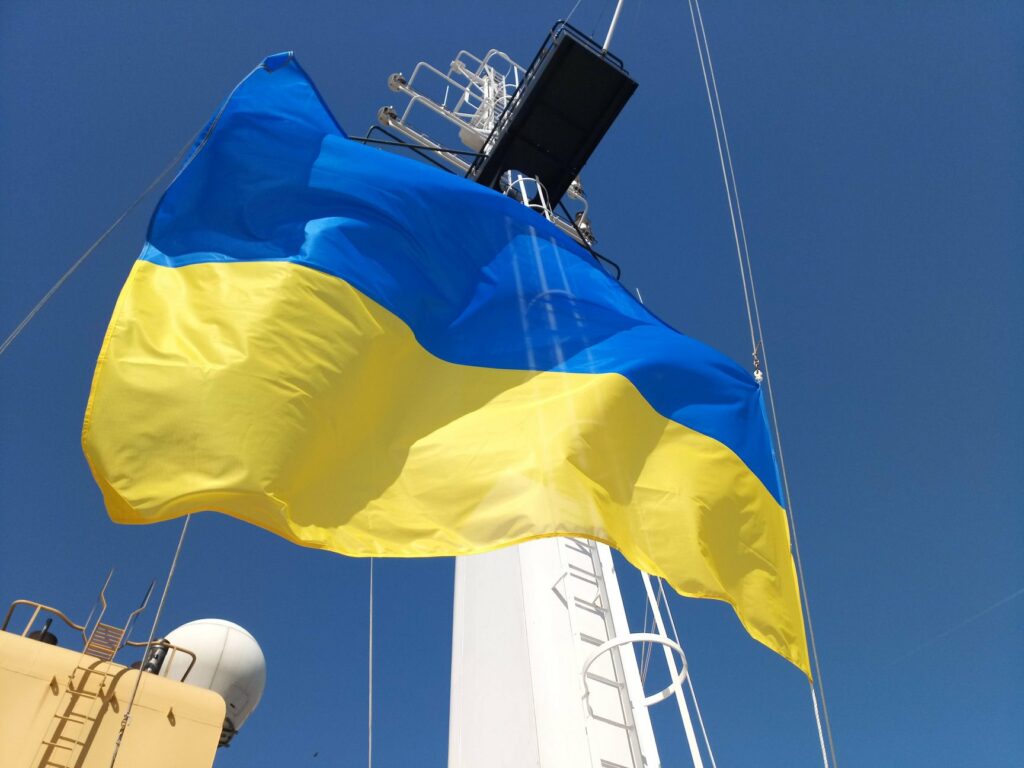Why is Romania inhibiting the development of the port of Constanta
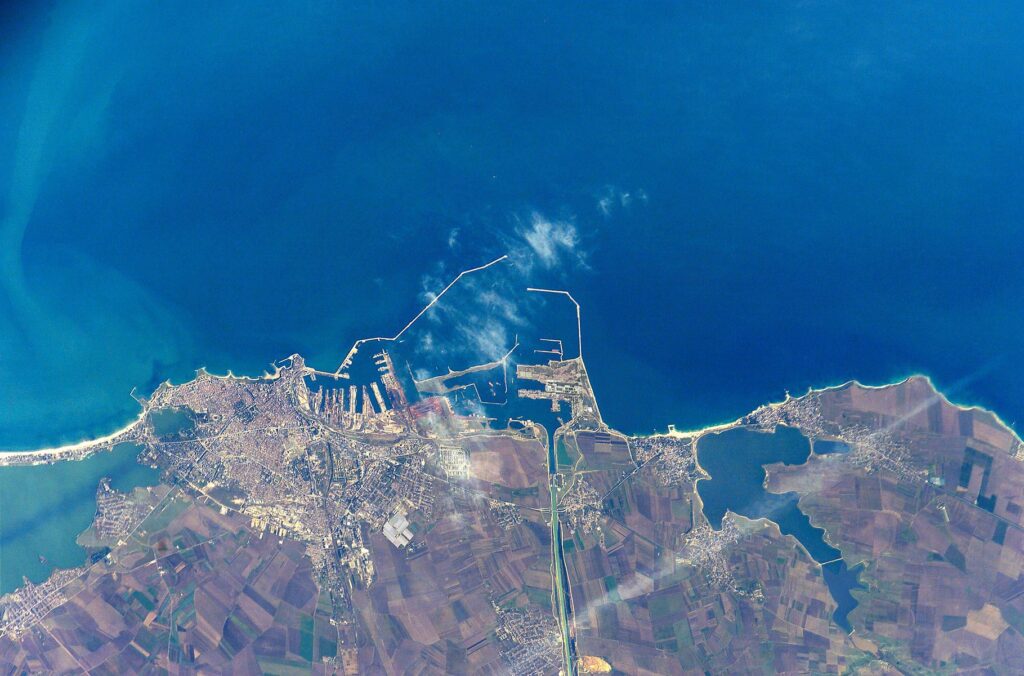
USM tells what is happening now in Romania’s main port, why the private operator of the port is suffering because of bureaucratic delays and how the war in Ukraine has affected the attitude towards representatives of the Port Authority of Constanta.
Since the beginning of russian federation’s full-scale invasion to Ukraine, the port of Constanta has become a logistics hub for Ukrainian cargo. Domestic exporters use the capacity of the Romanian port to send Ukrainian grain, metal, ore and other goods to the world market. Therefore, the cargo turnover of the port, and accordingly the earnings, are growing thanks to Ukrainian supplies.
However, at present, Constanta demonstrates not too loyal “foreign” policy and internal economic decisions.
Let us remind you that the port of Constanta is one and a half hundred berths with a total throughput capacity of up to 100 million tons per year. The port handles an average of 200 ships every day
Constanta has 156 berths with a draft depth of 7-19 meters, 14 of them are intended for transshipment of grain with a draft of 7-13 meters. The port has 10 grain terminals with a storage capacity of 1.8 million metric tons.
In 2020, grain transshipment amounted to 21.9 million tons, in 2021 – 25.1 million tons (a record year for Constanta). Last year, grain accounted for 37% of the total transshipment volume in the port.
The port itself is located 85 nautical miles from the estuary of the Sulina waterway. The port uses a lessor model with private terminal owners/operators. The main private sector operators are Norstar (ADM), COFCO, Ameropa, Silotrans and Convex.
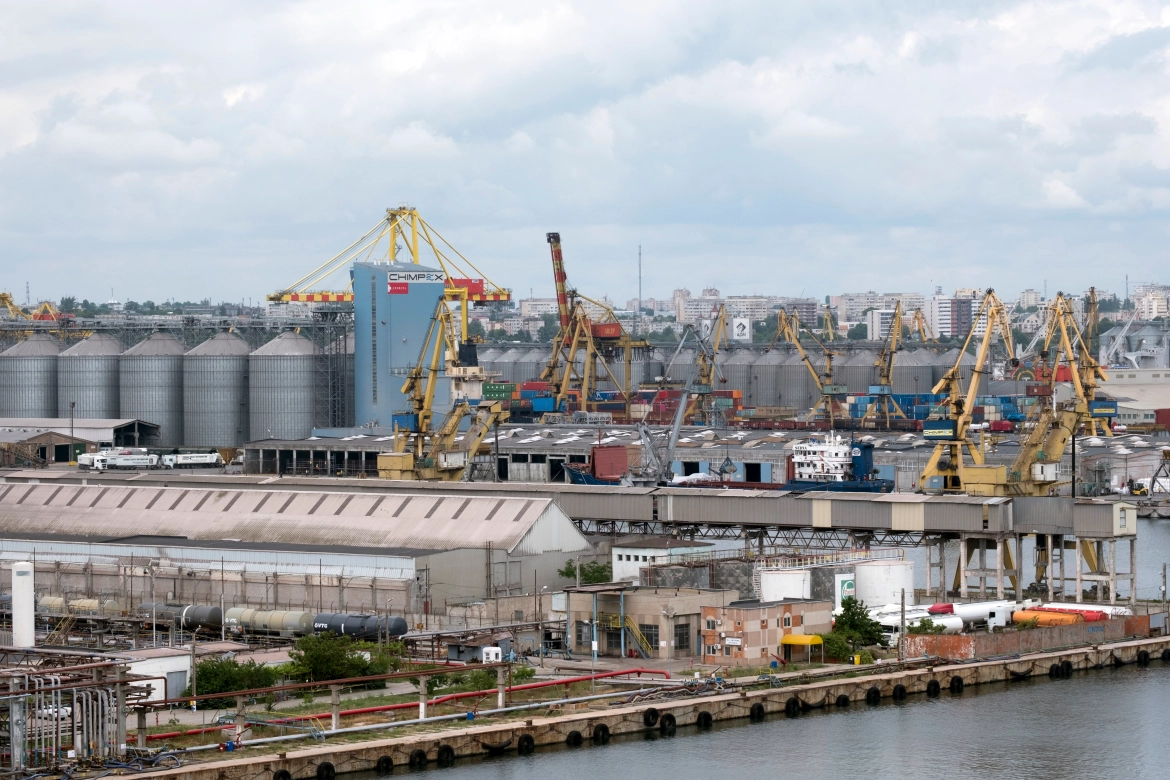
However, at present, the port capacity in Constanta is not enough to help Ukrainian exports. The war in Ukraine changed the “normal” transit flows around the Danube ports and the port of Constanta. In turn, private operators are trying to benefit from the opportunities provided by the increase in transshipment volumes.
Currently, Ukrainian grain is sent to Constanta via the Danube. This is the most efficient type of delivery, because grain transportation by rail can take 14-17 days or more. This length of time is due to the unpreparedness of the Romanian railways for large freight traffic. This problem will not be solved in the near future, and this proves the importance of investments in the maritime sector of Constanta. Let’s try using the example of just one operator to see if Constanta is in a hurry to increase the port’s capacity.
Thus, the United Shipping Agency company recently decided to invest almost 14 million euros in the reconstruction and modernization of three berths of the port of Constanta. The company itself has a grain terminal in the port and, in fact, operates on these berths (#31-33). The USA transports about 3 million tons of grain per year through the port, which is a quarter of the total volume of grain transported through Constanta.
What does the company want to do with these funds? The project consists of the purchase of new equipment and dredging works. In particular, the United Shipping Agency plans to consolidate berths 31-32; dredging at the berths and in the approach channel to increase depths from 11.5 meters to 13.5 meters. In addition, the operator planned to purchase a new forklift.
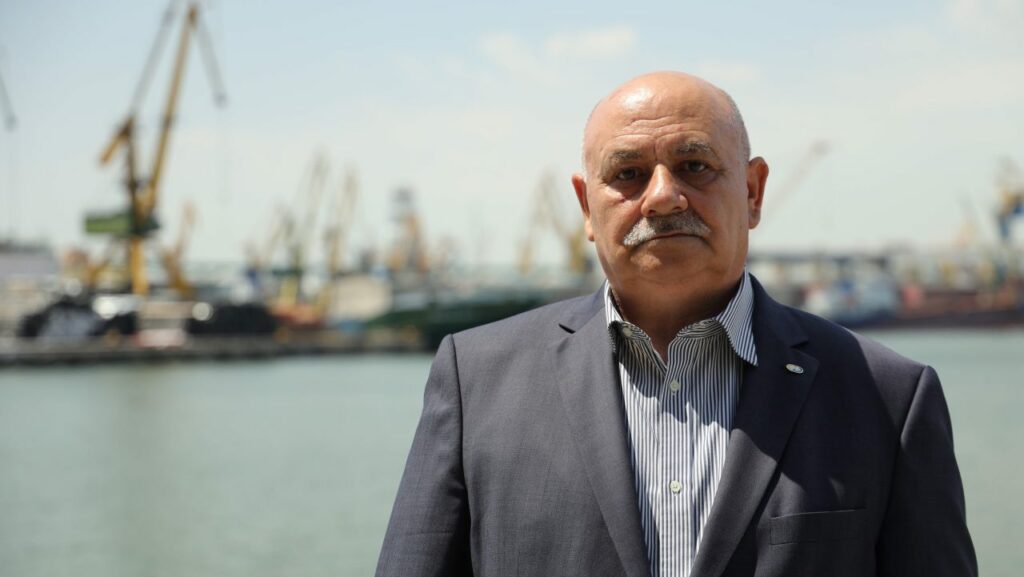
However, investments remained frozen for a long time. As the Romanian publication Cotidianul Replica reports, the project has been “dusting” on the desks of the port authorities for months. Initially, the project was considered by the Naval Directorate of the Ministry of Transport of Romania for six months. It was then submitted to the management of the Port of Constanta for consideration, and this stage, according to journalists’ forecasts, will take several more months. So the local bureaucracy openly sabotages the investment project.
The port is currently managed by Florin Goidea, Acting Director General of the Constanta Sea Port Administration (Compania Nationala Administratia Porturilor Maritime S.A. Constanta – CN APM). The Constanta Seaports Authority manages the seaports of Constanta, Midia and Mangalia, as well as the tourist port of Tomis. The state through the Ministry of Transport owns 60% of the administration’s shares, Fondul Proprietatea (an agency of the Romanian government) and the local council of Constanta – 20% each.
Florin Goidea’s term of office is ending these days – the so-called “mandate” was valid until August 15. Florin Goidea did not answer the Romanian mass media’s questions about the continuation of his candidacy for the position. The publication Ziua de Constanta writes that Goide’s stay in the port administration has already been extended until October.
Some media in Romania note that it was Goidea who led the port to the best performance this year. In 2020 and 2021, the port showed approximately the same profit, but in 2022 this indicator increased. However, why the growth is explained by the actions of the management, and not by Ukrainian goods, is unclear.
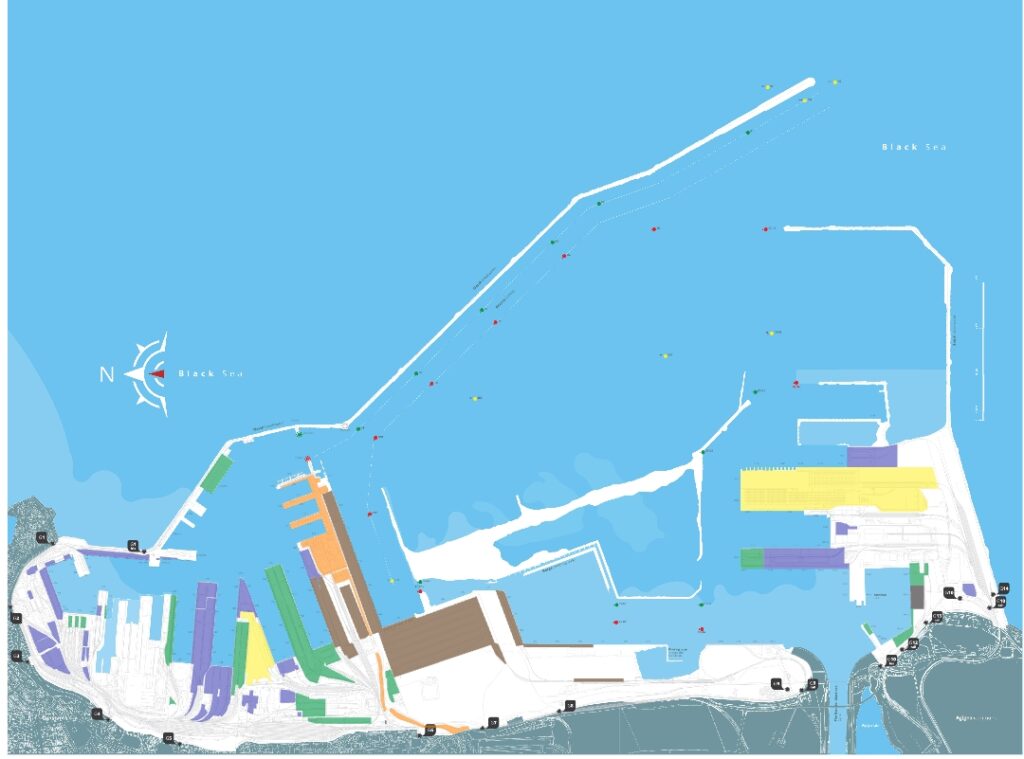
Thus, since the beginning of the full-scale russian invasion of Ukraine, the port of Constanta has handled more than 1.3 million tons of grain cargo from Ukraine.
During this time, 940,000 tons of Ukrainian grain were exported from the port of Constanta. More than 360,000 tons are stored in silos at the port and will be exported under contracts with private operators. In total, in the first half of the year, the port of Constanta handled 37.5 million tons of cargo — and this is 17% more than in the same period last year. It should be noted that Ukrainian cargoes through Constanta are not only grain, but also containers, metal, ore, etc., so it is quite difficult to single out a specific share of our cargoes in this port.
So, on the one hand, we see how the Port Administration is credited with the achievements in increasing the port’s cargo turnover and profit, and on the other hand, they are accused of delaying the development of the port. And all this is against the background of the state plan to modernize the port of Constanta.
Thus, the Romanian government has already approved the expansion of the road to the port of Constanta and the construction of a transition to the northern part of the port. The modernization program, designed for four years, involves investments in the amount of 179 million lei (about 39 million dollars). The financing of the project was to be carried out through the operational program for the development of large infrastructure for 2014-2020, the operational program for the development of transport for 2021-2027, through the budget of the Ministry of Transport and Infrastructure of Romania and at the expense of non-refundable external funds.
It should be noted that private companies not only from Romania, but also from other countries are interested in investing in the port of Constanta. Transport companies from Hungary and Slovakia have recently expressed their interest. In particular, the port was visited by a delegation of representatives of Hungarian companies: Eurogate Rail Hungary Zrt, Mahart Container Center Kft, Rail Cargo Logistics Hungaria Kft, as well as PPS Logistic – Sturovo port from Slovakia.

So we have certain plans for development, we have potential partners, we have an increase in freight traffic. But why are they in no hurry to implement projects? Romania is looking for an irreversible investment in Constanta, but ignores the operators that work in this port? Port management does not publicly explain the reasons and processes that influence decision-making. And this is not to mention dozens of issues related to Ukrainian cargo. We hope that the attention of the European community will influence the port policy of Romania in the near future, and will help establish truly partnership relations between all participants in the process.
Read also: Romania endangered sea exports from Ukraine

